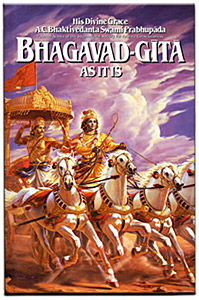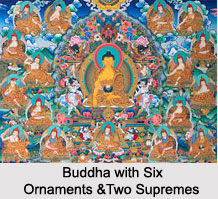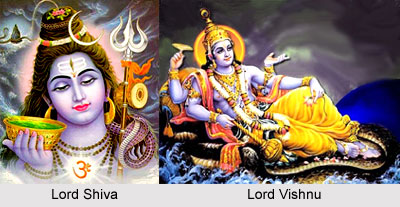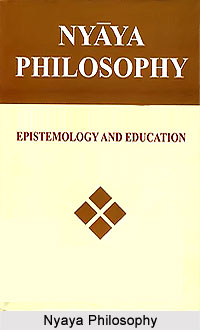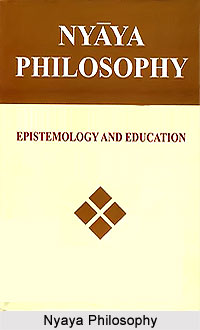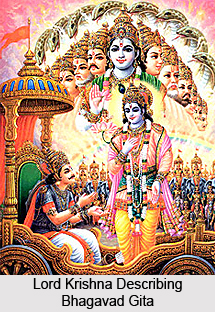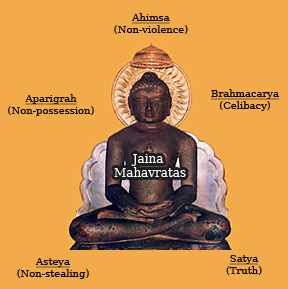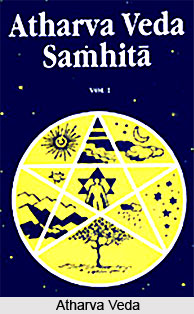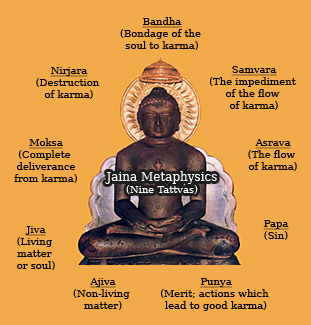 Svetasvatara Upanishad is a post-Buddhist Upanishad that repudiates the theory of naturalism, which makes svabhava the cause of the universe. It is associated with the Krishna Yajur Veda. Svetasvatara Upanishad is familiar with the technical terms of the Samkhya and the Yoga philosophies. The Second Chapter of Svetasvatara Upanishad gives references about the Yoga system. It has seventeen verses.
Svetasvatara Upanishad is a post-Buddhist Upanishad that repudiates the theory of naturalism, which makes svabhava the cause of the universe. It is associated with the Krishna Yajur Veda. Svetasvatara Upanishad is familiar with the technical terms of the Samkhya and the Yoga philosophies. The Second Chapter of Svetasvatara Upanishad gives references about the Yoga system. It has seventeen verses.
1st -5th Verse
The 1st verse salutes the sun at the commencement of yoga. Through it the minds and other organs get connected to the Supreme Self and thus attain the Knowledge of Reality. The Self supports the body through the powers of the deities. Upon receiving the blessings of the divine Sun and with minds connected with the Self one can now exert themselves through meditation. It is the means to attain Heaven. Here one prays to the Sun to bestow blessings upon the senses and the mind that would help it to attain the Self. The soul would be directed toward the Blissful Brahman and would attain Knowledge of the real Self. The Brahmins who have fixed their minds and senses on the Supreme Self recite lofty invocations to the divine Sun as it is the dispenser of sacrifices. The fifth verse recites a prayer in honour of the eternal Brahman and wishes to unite with the real Self who is the source of all energy. The reciter of the prayer wishes to spread the mantras in all the directions.
6th - 10th Verse
It is said that if sacrifices are performed without first propitiating the Sun, the mind becomes attached to sacrifices. The fire is kindled by the rubbing of the pieces of fire wood. The oblations are then offered to Vayu deity and then the soma juice is drunk. The verse tells to serve the eternal Brahman with the blessings of the Sun. He is the ruler of the universe and needs to be meditated upon. This would help one to remain unattached to the worldly desires and also its work would not bind him. The wise man should hold his body steady. He must keep his upper parts i.e. the chest, neck, and the head erect and turn his senses with the help of the mind towards the heart. A yogi must keep down the pranas and subdue his senses. These must be breathe out through the nostrils. This helps to restrain his mind. Yoga must be practised within a cave away from the high wind or in some pure and calm ambience.
11th - 17th Verse
These appearances precede the concentration by which the manifestation of Brahma is effected. The Brahman assumes the form of frost, of smoke, of hot air, of wind, of fire, of fire-flies, of lightning, of crystal, and of the moon. When the yogi`s body composed of earth, water, light, air and ether, the five-fold qualities which mark concentration are manifested, then these is no disease, or age, or pain for him. When the body is finally lighted and is free from diseases and desires then it can be said that the first degree of concentration is gained. The god who is in the fire, who is in the water, who entered the universe, who is in the annual herbs, and who is in the regents of the forest must be revered.


